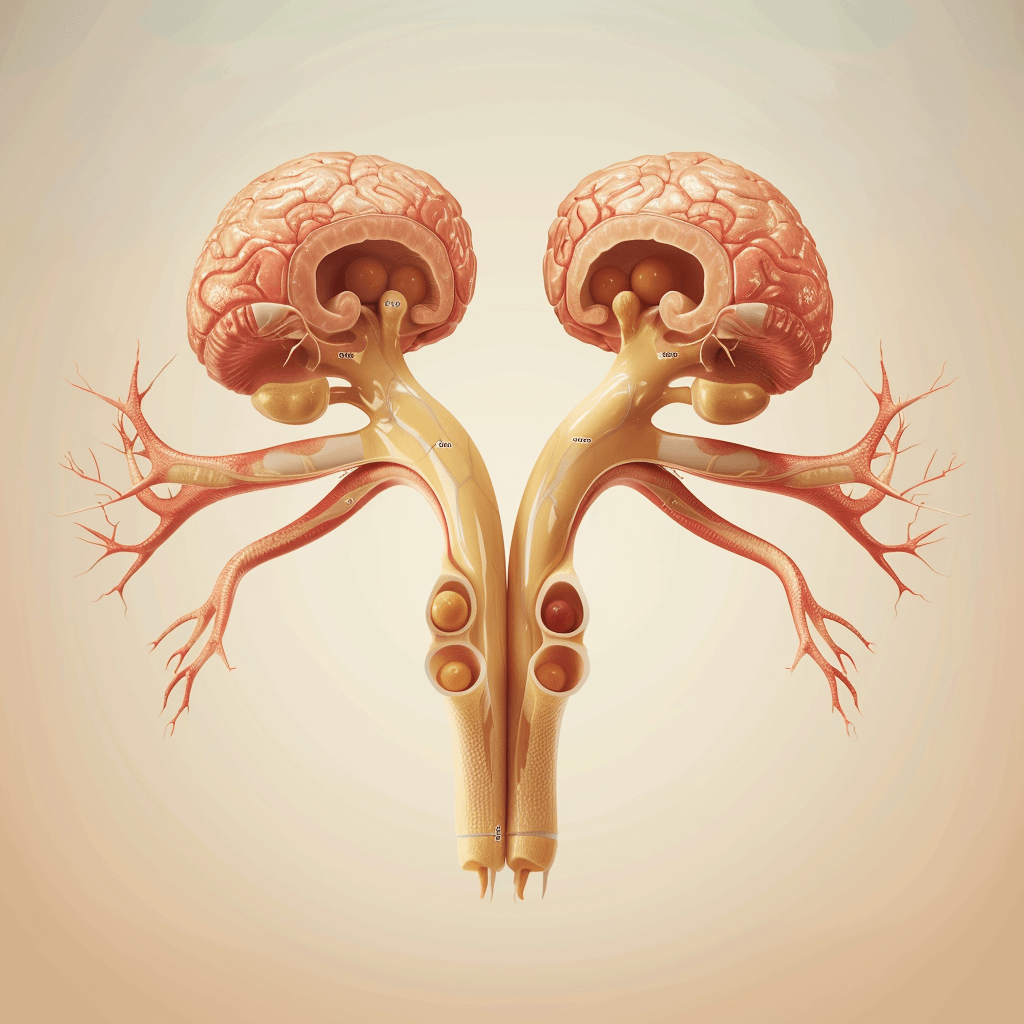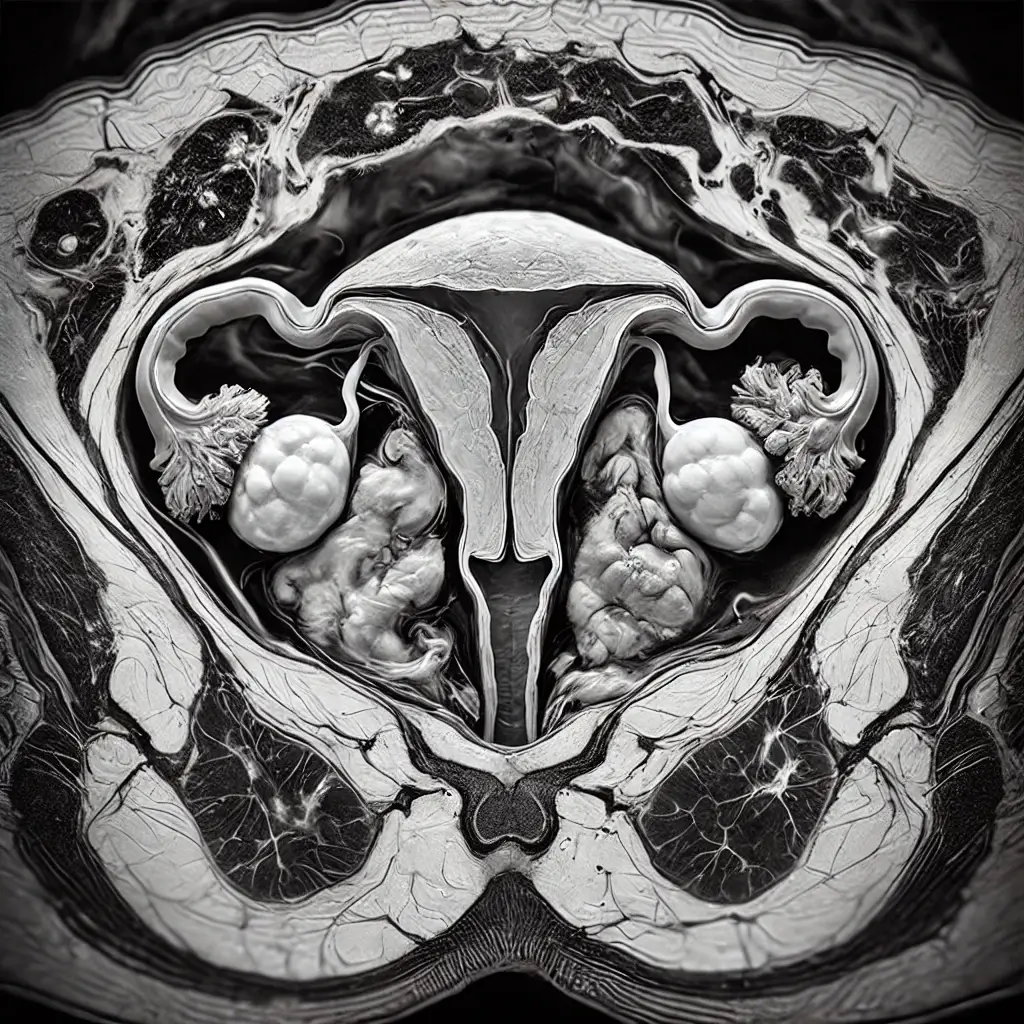Book Appointment Now
Understanding Ovarian Cancer

Ovarian Cancer Guide
Introduction
Ovarian cancer (OC) is a type of cancer that begins in the ovaries, which are the reproductive glands found in women. These glands are responsible for producing eggs as well as important hormones like estrogen and progesterone. Ovarian cancer is often called the “silent killer” because its symptoms are usually vague and can be mistaken for other common health issues. It is essential to study ovarian cancer because early diagnosis can significantly improve outcomes, and ongoing research continues to improve treatment options and survival rates.
Statistics
Ovarian cancer is the eighth most common cancer among women worldwide. Each year, approximately 300,000 women are diagnosed with ovarian cancer. Unfortunately, it also ranks high in terms of cancer-related deaths among women, as symptoms often go unnoticed until the disease has progressed to later stages. In the United States, about 1 in 70 women will be diagnosed with ovarian cancer during their lifetime. Survival rates vary significantly depending on the stage at diagnosis: while the five-year survival rate for early-stage OC can be as high as 90%, it drops to around 30% for advanced stages.
Medical Illustrations
A microscopic view of maligne OC cells:

MRI scan of the pelvic region showing OC:

Risk Factors and Prevention
a. Known Risk Factors
Ovarian cancer risk factors include genetic, environmental and lifestyle factors. A family history of ovarian or breast cancer increases the likelihood of developing this condition, especially if there are mutations in genes like BRCA1 or BRCA2. Other factors, such as age (most common in women over 50), obesity and a history of endometriosis, may also contribute to an increased risk. Lifestyle choices like smoking and the use of hormone replacement therapy have also been linked to a higher risk of OC.
b. Preventive Strategies
There are ways to reduce the risk of ovarian cancer, although it cannot be entirely prevented. Women who use oral contraceptives for several years have a reduced risk of OC and having children or breastfeeding also appears to lower the risk. Maintaining a healthy weight, avoiding smoking and speaking with a healthcare provider about the risks and benefits of hormone replacement therapy can also help. Some women at very high risk may opt for preventive surgery to remove the ovaries and fallopian tubes, which can significantly reduce their risk.
Screening
Current Screening Methods
Currently, there is no reliable screening test for ovarian cancer for the general population. However, women at high risk may undergo regular pelvic exams, transvaginal ultrasounds, or blood tests to detect specific markers like CA-125. It’s important to note that these tests are not foolproof, as they can lead to false positives or negatives.
Symptoms and Early Warning Signs
Symptoms of ovarian cancer can be subtle, which is why it’s often detected at a later stage. Common symptoms include:
- Persistent bloating or swelling in the abdomen
- Pelvic or abdominal pain
- Difficulty eating or feeling full quickly
- Frequent need to urinate
These symptoms can easily be mistaken for less serious conditions, like digestive issues or bladder problems. If you experience these symptoms consistently for more than a few weeks, it is important to speak with your healthcare provider.
Diagnosis
Diagnosis usually begins with a physical examination and imaging tests, followed by a biopsy to confirm the presence of cancerous cells.
Stages
Types of Treatment
Overview of Treatment Modalities
Treatment for ovarian cancer often involves a combination of surgery and chemotherapy. Surgery is typically the first step and aims to remove as much of the tumor as possible, which may involve removing one or both ovaries, fallopian tubes, and sometimes even the uterus. Chemotherapy, which involves drugs to kill cancer cells, is commonly used after surgery to target any remaining cells. Other treatment options may include targeted therapies, which attack specific molecules involved in cancer growth, and immunotherapy, which boosts the body’s immune response to fight the cancer. Radiation therapy is less common but may be used in some cases.
Comparing Treatments
| Treatment | Mechanism | Side Effects | Efficacy (Survival Rate) | Study/Trial |
|---|---|---|---|---|
| Chemotherapy | Inhibits cell division | Hair loss, nausea | 50% 5-year survival rate | Smith et al., 2022 |
| Immunotherapy | Boosts immune response | Fatigue, rash | 65% 5-year survival rate | Doe et al., 2023 |
Living with Ovarian Cancer
Living with ovarian cancer can be challenging both physically and emotionally. Practical steps for managing life with ovarian cancer include maintaining a balanced diet, staying active when possible and seeking mental health support. Exercise, even light activities like walking, can help improve mood and reduce fatigue. Many patients find comfort in support groups, where they can connect with others who are facing similar challenges.
Additional Resources
Key Takeaways
- Ovarian cancer is often called the “silent killer” because symptoms are subtle and easy to overlook.
- The five-year survival rate is high when detected early, but drops significantly for advanced stages.
- Risk factors include genetics, age and lifestyle choices; preventive measures include oral contraceptives and maintaining a healthy weight.
- Treatment involves a combination of surgery and chemotherapy, with targeted therapies and immunotherapy also being options.
- Living with OC requires a holistic approach, including physical care, mental health support and connection to support networks.
Final Recommendations
- Early Detection: Pay attention to your body and consult your healthcare provider if you notice persistent symptoms like bloating, pain, or changes in eating habits.
- Healthy Lifestyle: Maintain a healthy diet, exercise regularly and avoid smoking to reduce your overall cancer risk.
- Regular Check-ups: If you have a family history of ovarian cancer, speak to your healthcare provider about genetic counseling and the potential need for more frequent monitoring.
Disclaimer
The information provided in this article is intended for general informational purposes only and should not be construed as medical advice. While every effort has been made to ensure the accuracy of the information presented, it is not a substitute for professional medical guidance, diagnosis, or treatment. Always consult a qualified healthcare provider with any questions you may have regarding a medical condition, including ovarian cancer. Do not disregard or delay seeking professional medical advice based on information found in this article. The authors and publishers are not responsible for any consequences resulting from the use of the information provided.
